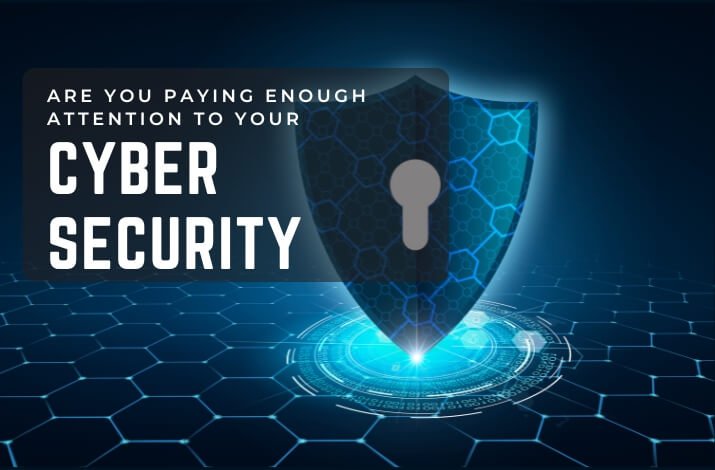5 Best Practices For Insider Threat Mitigation

When you think of cybersecurity threats, the first image that comes to mind most often is that of an anonymous tech genius out to get your company with a computer and a slew of other electronics. It’s not entirely wrong, but the definition extends to this trope. For instance, a rank-and-file employee can also be a cybersecurity risk, whether or not they mean it. In cybersecurity parlance, they’re defined as an ‘insider threat.’
According to the Cybersecurity and Infrastructure Security Agency (CISA), an insider has knowledge of an organization’s assets and resources or access to them. When they conduct an activity that compromises the integrity of such possessions regardless of intent, they become an insider threat.
Most businesses and institutions worry more about insider threats than external attacks—and for good reason. Being backstabbed by a team member is never a good feeling, let alone one who’s been in the organization the longest. If all this is an honest mistake, the damage is still done. Because of this, insider threat mitigation has lately become a priority among in-house and third-party Information Technology (IT) teams everywhere.
And luckily for you, this guide will explain ways to prevent insider threats from (advertently and inadvertently) misplacing, giving away, or endangering vital company data. Read on to learn more.
1- Assess The Fundamentals
No amount of state-of-the-art cybersecurity suites or sound internal policies will protect against insider threats without knowing the enemy first. CISA highlights three areas for organizations to focus on when developing threat management strategies. They include:
- The person(s) of concern;
- The potential target(s); and
- The organizational setting present.
It’s worth noting that fulfilling all three doesn’t necessarily indicate an active threat. By knowing the relationship between the subject and the circumstances in which they can perpetrate the task, the organization can take steps to mitigate the risk.
2- Train Personnel In Security Awareness
Even if someone is virtuous enough not to think about imperiling the company or organization, a lack of awareness is just as dangerous. Security compromises don’t care about the intent or lack thereof behind them; the damage will be the same, if not more. This is why not knowing or lacking awareness is no excuse for shortcomings in security awareness.
Sophisticated hacking isn’t the only way perpetrators get away with what they want. Social engineering is a common tactic as well, manipulating employees into thinking their request for data is authentic. One example involves fake or spam emails where the recipient sends their sensitive information when the real ones won’t even ask for such.
Fortunately, more leaders have made awareness development a priority in their strategy. Security awareness training urges employees to inform the higher-ups of suspicious activities, even if they don’t present an immediate risk.

3- Reduce The Number Of Attack Surfaces Or Vulnerabilities
In simple terms, an attack surface refers to a vulnerability in the system. It can range from weak passwords to employees easily getting tricked by fake dispatches.
Attack surface expansion was among the chief concerns of IT professionals in the past and remained so this year, with more media, platforms, and software being employed.
Reducing the number of surfaces or opportunities for external and internal threats becomes more important as businesses and institutions adopt more tech stacks. Typical methods include but aren’t limited to the following:
- Strengthening new and existing passwords;
- Implementing password-free cybersecurity, like two-factor authentication and so on;
- Updating operating systems and other key software;
- Uninstalling obsolete or rarely-used systems;
- Taking stock of all accounts, devices, programs; and the like.
Attack surface management, as the industry calls it, isn’t limited to hardware and software. As mentioned earlier, a disgruntled employee can be an insider threat. Satisfying their needs while balancing organizational interests can help eliminate this attack surface.
4- Implement A Zero-Trust System
Trust may be crucial, but it shouldn’t apply to every part of the workplace. For instance, giving too many users access to a databank filled with customers’ accounts is a major red flag, more so if some don’t need it for their work.
Data access has been debated among business leaders since the unprecedented rise of remote work arrangements a few years ago. Some are concerned—and rightly so—that out-of-office access to an organization’s assets is a major vulnerability. Managerial oversight is limited, and the employee’s workstation at home might not be up to standard in protecting against threats.
Cybersecurity experts believe zero-trust architecture will be critical in mitigating insider threats. Contrary to popular belief, this notion focuses more on a paradigm shift in how people perceive security than on adopting new technologies. Long story short, it treats every component of an infrastructure as compromised and leaves nothing to chance.
You can see some live examples on websites, ranging from two or multi-factor authentication to automatic logout after a set period of inactivity. Humans are the weakest link in a cybersecurity system, and zero-trust aims to compensate for their lapses and limitations.
5- Know Where To Draw The Line
The younger generation of leaders may attempt to paint themselves as the fun or cool boss that motivates those under them to work hard. There’s nothing wrong with that, but when such efforts clash with the company or organization’s interests, they have to put their foot down for the latter’s sake.
In this context, reminding employees of the consequences of leaking sensitive data—whether on purpose or by accident—is necessary. It might feel like instilling fear, but it can be an effective deterrent against insiders when employed correctly.
Addressing grievances to the best of the organization’s ability should still come first. Only when this method doesn’t yield wanted results can resorting to more serious measures, such as lawful termination or legal action, be considered. As these terms imply, these should be based on fact-based evidence and applicable laws.
In Conclusion
Asset security is a matter of life and death for a company or institution. Losing data or hardware and software to sophisticated cyberattacks is dire, but losing them to a disgruntled or untrained worker is just as serious. It only makes sense for leaders to prioritize internal threat mitigation to lower their chances of suffering a cybersecurity blow with little hope of recovery.






